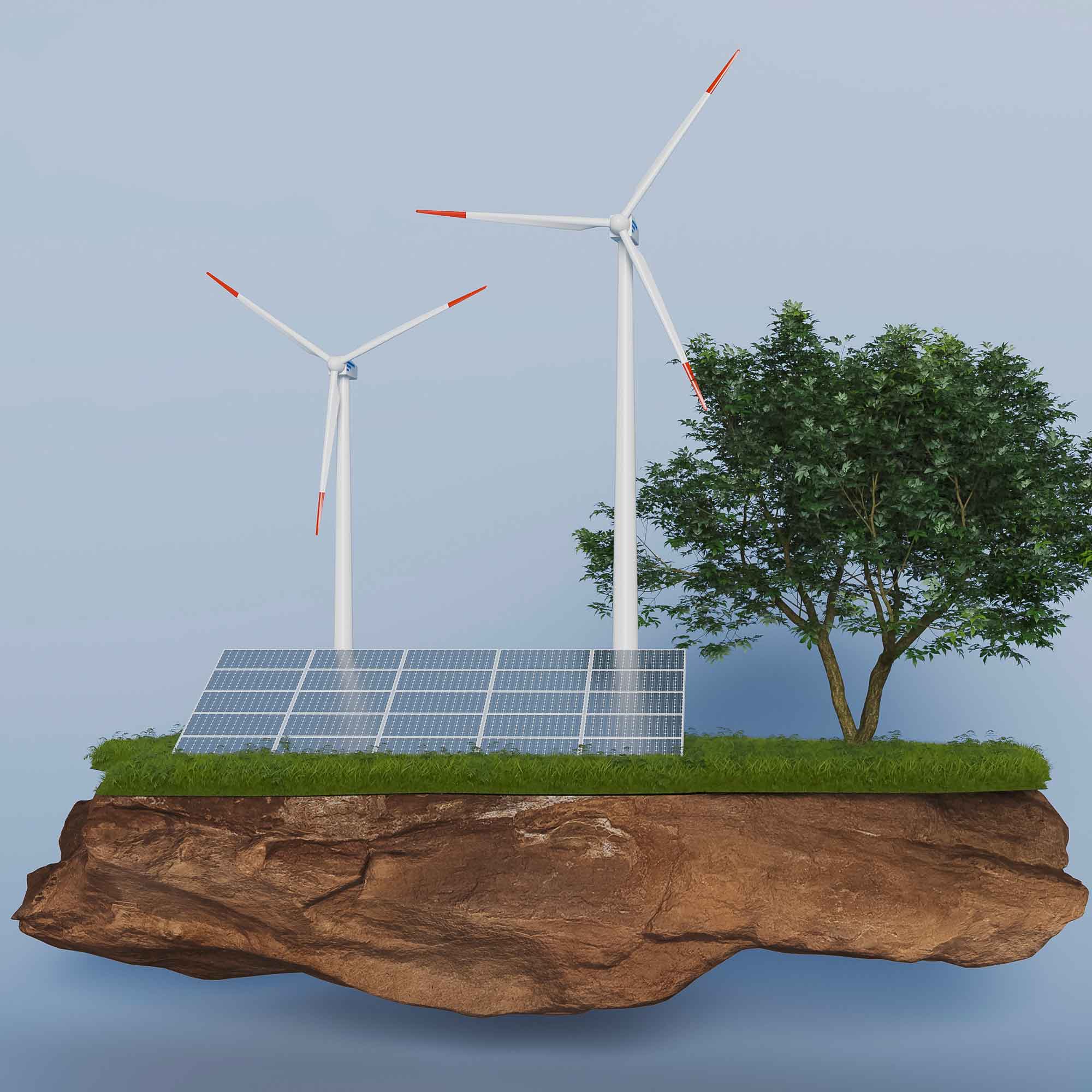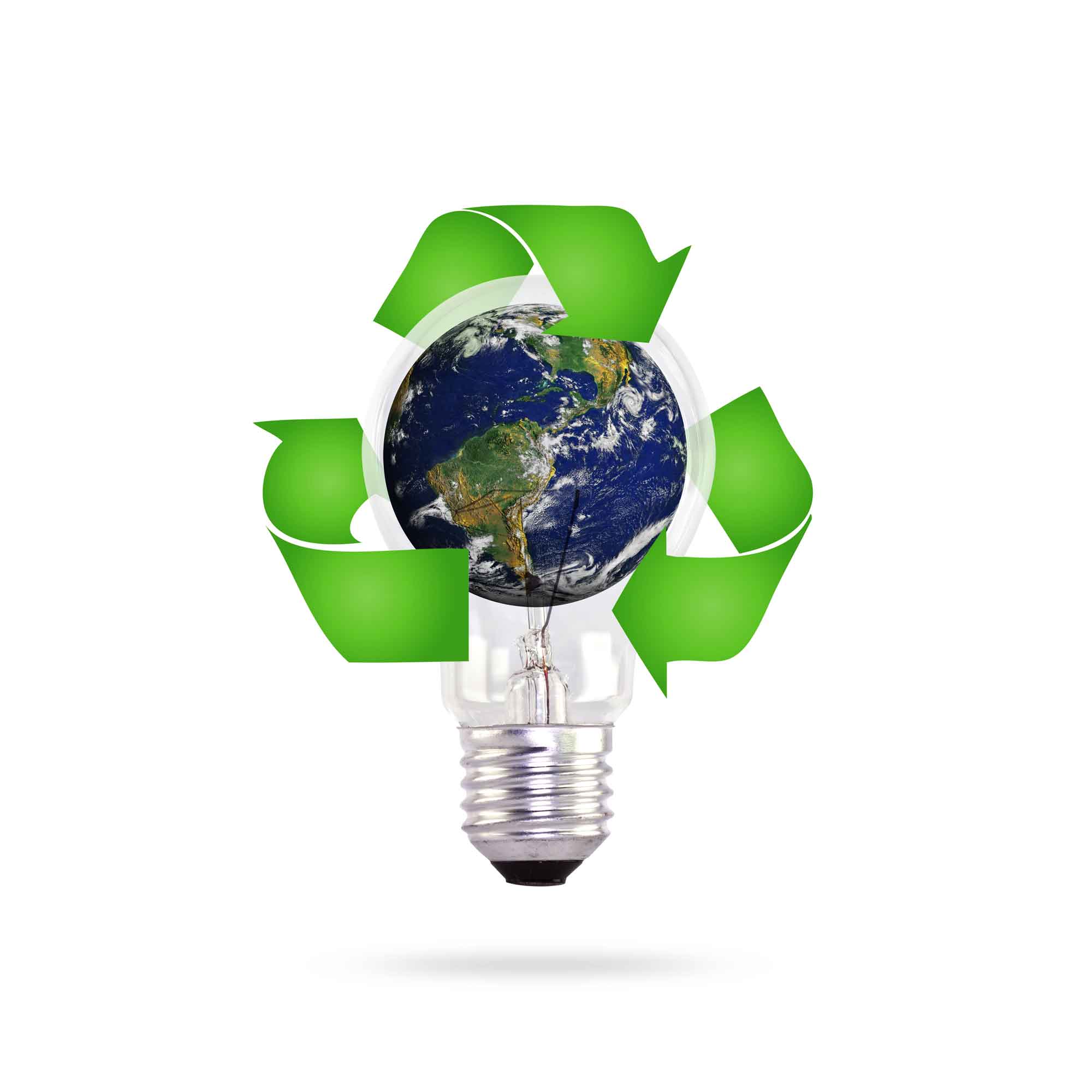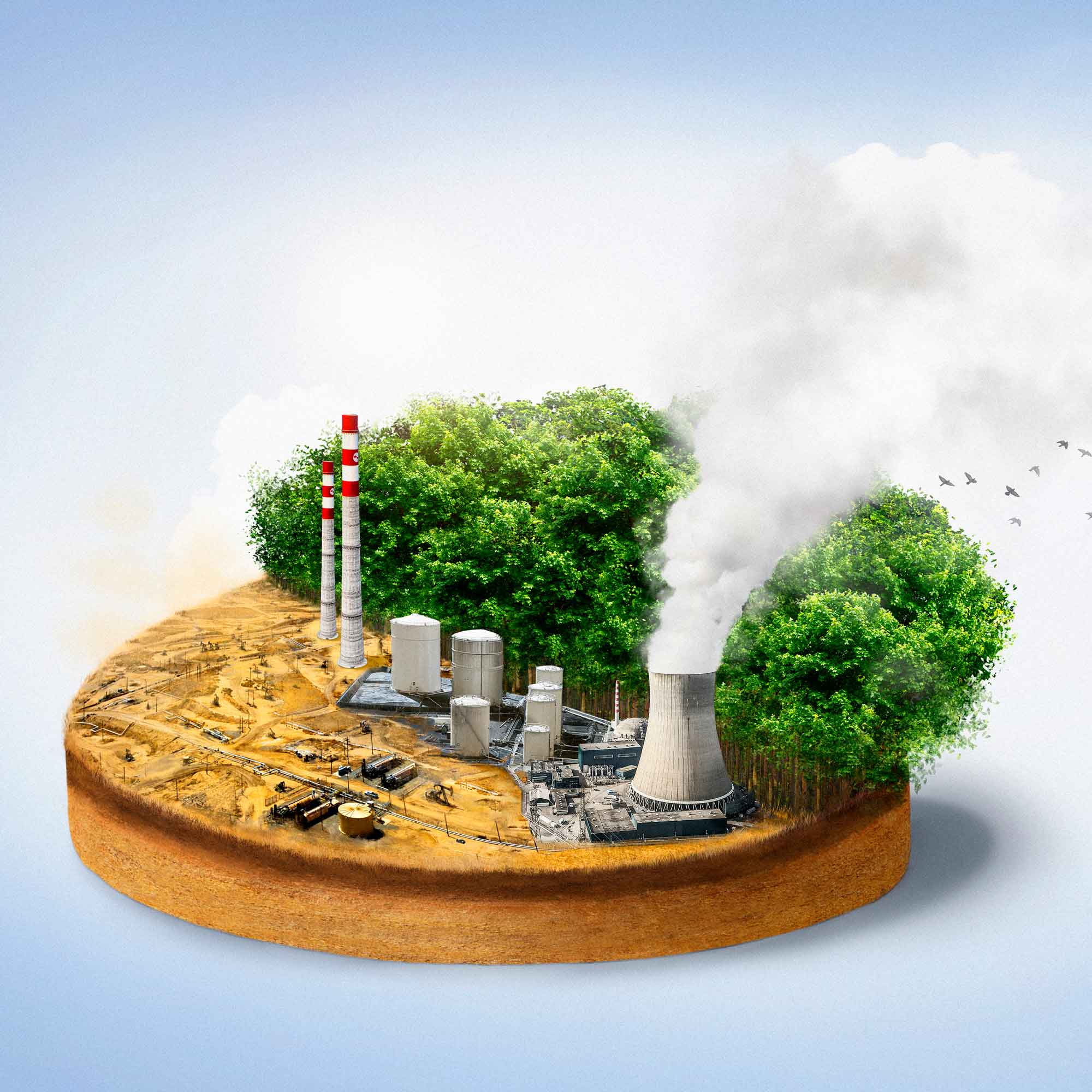Hydro Energy
For over 2,000 years, people have used the power of moving water to power water wheels and mills. Today’s power plants convert mechanical energy into electricity.
Tides, currents in the ocean, waterfalls, rivers… Moving water is a constant source of energy that can be utilized. The kinetic energy of a river or waterfall is converted into mechanical energy by a turbine, which is then converted into electrical energy by an alternator.
There are two types of hydroelectric power plants: reservoir and run-of-river (ROR).
A dam is used to create an artificial lake at a generating station with a reservoir. Water is collected seasonally and used to meet sudden, significant, and ongoing electricity demands. A run-of-river generating station lacks a reservoir but has the advantage of producing electricity without the need for water storage.
Hydropower plants emit few greenhouse gases and provide clean, non-polluting energy. Hydro energy is also renewable due to the evaporation/condensation cycle. The aforementioned characteristics are particularly applicable to ROR plants, which generate energy from natural water flow, resulting in a significantly reduced impact on the landscape, ecosystem, and neighbouring communities.
A ROR plant also produces electricity at a much lower cost. Such characteristics make ROR hydroelectricity an environmentally sound choice.
How It Works
Hydroelectricity is produced by harnessing the energy of falling or flowing water to turn turbines, which then generate electricity. This process involves several key components, including a dam, a reservoir, and a power station.
The first step in producing hydroelectricity is to build a dam across a river. The dam creates a reservoir behind it, which stores water that can be released to generate electricity. When water is released from the reservoir, it flows through a pipe called a penstock and strikes the blades of a turbine, causing it to rotate. The rotating turbine then drives a generator, which produces electricity. The amount of electricity that can be produced by a hydroelectric power plant depends on a variety of factors, including the amount of water flowing through the turbine, the height of the dam, and the efficiency of the generator.
Hydroelectric power plants can be classified into two types: run-of-river and storage. Run-of-river hydroelectric power plants generate electricity by using the natural flow of the river, without the need for a reservoir. They typically have lower power outputs but are less disruptive to the environment. Storage hydroelectric power plants, on the other hand, use a reservoir to store water and generate electricity on demand. They can provide a more consistent and controllable source of electricity but can have significant environmental impacts.
Hydroelectric power is a renewable source of energy that has been used for many years. It offers several advantages, including a low carbon footprint, the ability to generate electricity on demand, and the potential for energy storage. However, it also has some drawbacks, including the need for large-scale infrastructure, potential impacts on aquatic ecosystems, and vulnerability to drought.



Get In Touch With Us!
+254 717 108 280
info@kingdomenergies.com
